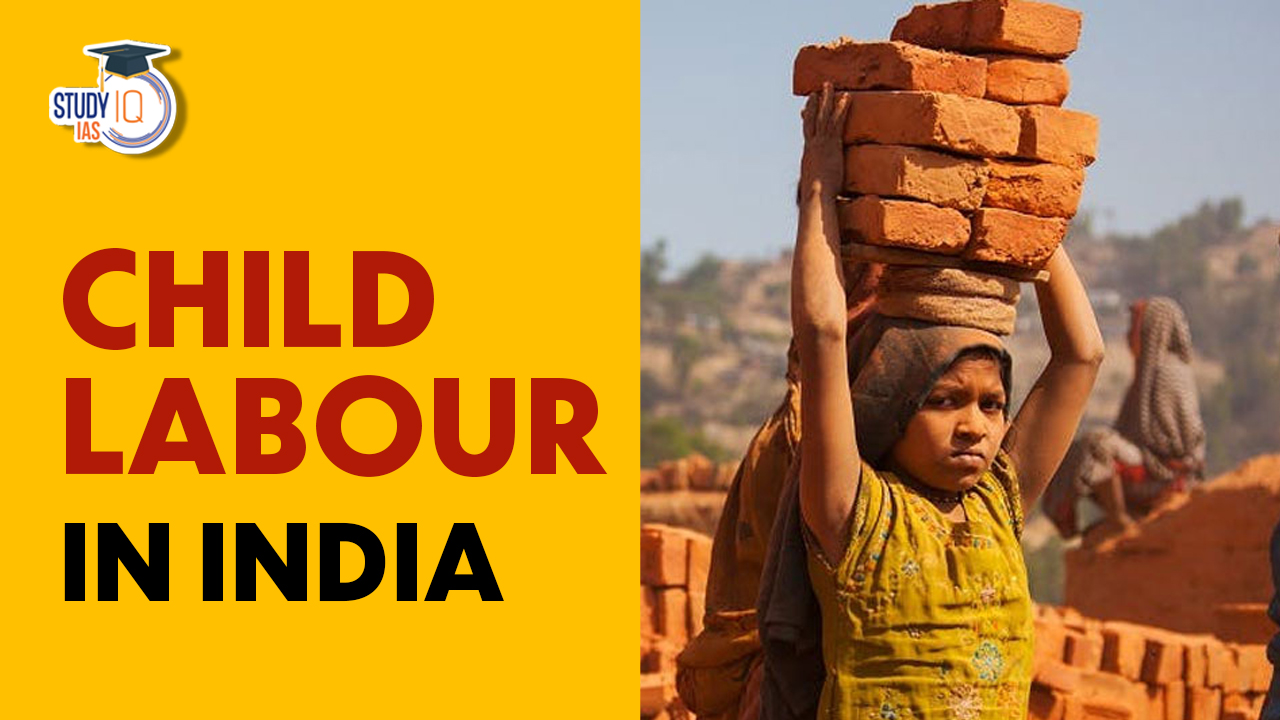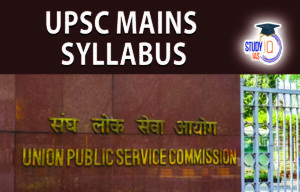Table of Contents
Child Labour in India
In India, child labour refers to activities that are damaging to kids in terms of their mental, physical, social, or moral development; they rob them of their youth, potential, and dignity; and interfere with their schooling. It includes all types of slavery, including the sale and trafficking of children, servitude for restitution, forced labour, the enlistment of children in military combat, the employment of children in pornographic or other dangerous work, and debt bondage.
Child Labour in India Overview
In accordance with the Child and Adolescent Labour (Prohibition and Regulation) Act of 1986, a “child” is anyone under the age of 14. The International employment Organisation (ILO) defines child employment as work that deprives children of their youth, potential, and dignity and endangers their physical and mental development.
On the contrary, child labour is defined as labour that has no detrimental effects on a child’s or adolescent’s health or development or interferes with their ability to learn. helping their parents out at home, helping out with relatives, or working while off from school.
|
Child Labour in India Overview |
|
| Particulars | Details |
| Constitutional Provision |
|
| Legal Provision |
|
| Census 2011 | There are 10.1 million child laborers recorded in India between 5-17 years of age. |
| Census 2001 – 2011 | Between 2001 and 2011, the number of children impacted by child labour decreased by 2.6 million. |
| Percentage of child labour in India | 62.8% of India’s child labour aged between 14-17 are engaged in hazardous work and most of them are engaged in agricultural activities |
| States with max child laborers | Uttar Pradesh, Bihar, Rajasthan, Maharashtra, and Madhya Pradesh. |
| ILO – Worst Forms of Child Labour (Convention No. 182) |
|
| SDG 8.7 | Eradication of child labour in all forms by 2025. |
| National Child Labour Project (NCLP) Scheme |
|
| Body for Protection of Child Rights | National Commission for Protection of Child Rights |
Cause of Child Labour in India
Different causes of child labour in India have been mentioned below:
- The frequency and expansion of child labour are significantly influenced by the rising demand for it, especially in urban areas. Due to their low cost and ability to adapt to the needs of the employer, children are frequently hired, even if they are not aware of their legal rights.
- Prevalence Poverty and Debt trap in India especially in rural India
- Poverty is the primary driver of child labour. A child’s income is frequently crucial to his or her life or the life of the family in impoverished households. Children frequently have to work because the family is in debt.
- Due to rural poverty and urban migration, child trafficking for labour is a common occurrence.
- Adult unemployment and underemployment: Because these conditions are so common, children are regularly required to work in order to support their families.
- Parental illiteracy and ignorance: The issue is exacerbated by the child’s parents’ lack of education. They flout the law and subject their children to cruel exploitation because they lack literacy and knowledge of the negative effects of child labour.
Government Initiatives on Child Labour
Government of India have been taking several initiatives for eradicating of child labour in India as are mentioned below:
Constitutional Provision
- The Constitution (Eighty-sixth Amendment) Act of 2002 added Article 21-A to the Indian Constitution, establishing it as a Fundamental Right to provide all children between the ages of six and fourteen with free and compulsory education in accordance with any legal requirements imposed by the State.
- Article 23: Prohibits forced work and human trafficking.
- Article 24 states that no kid under the age of fourteen may be employed in a factory, mine, or in any other dangerous occupation.
Government Schemes on Child Labour
- The Ministry of Labour and Employment created the PENCIL Portal as an electronic tool to effectively implement the No Child Labour policy.
- Programme for the National Child Labour Project (NCLP): This programme enrols kids in school and prevents them from working in order to empower and motivate them.
- The Gurupadswamy Committee was established in 1979 to investigate the subject of child employment and made several policy recommendations to address the issues posed by children who work.
- Act of 2016 amending the Child Labour (Prohibition and Regulation) Act: The Amendment Act outright forbids hiring anyone under the age of 14.
- Amendment to the Juvenile Justice (Care and Protection of Children) Act of 2000 made in 2006: Regardless of their age, working children fall within the category of children in need of care and protection.
- A 2009 law called the Right to Free and Compulsory Education Act: According to the law, every kid between the ages of six and fourteen must be enrolled in school and get a free education.
- In 2002, the World Day Against Child Labour was established by the International Labour Organisation. It is honoured on June 12th of each year all across the world.
Child Labour in India UPSC
Child labour is related to poverty, underemployment, unemployment, and low wages. A concerted effort should be made towards social safety programmes and cash transfers in order to alleviate the financial situation of families and remove the “need” to send kids to work. In order to guarantee access to educational institutions as well as an improvement in the quality and relevance of education, it is essential to enhance the educational infrastructure.
To ensure that children’s rights are upheld, parental literacy might be essential. All facets of society, including the family, the state, civil society, and those who work with children in whatever capacity, must be committed to ending child labour.


 NCERT Books for UPSC Preparation, Check ...
NCERT Books for UPSC Preparation, Check ...
 UPSC Syllabus 2025, Check UPSC CSE Sylla...
UPSC Syllabus 2025, Check UPSC CSE Sylla...
 UPSC Mains Syllabus 2025, Optional Sylla...
UPSC Mains Syllabus 2025, Optional Sylla...





















